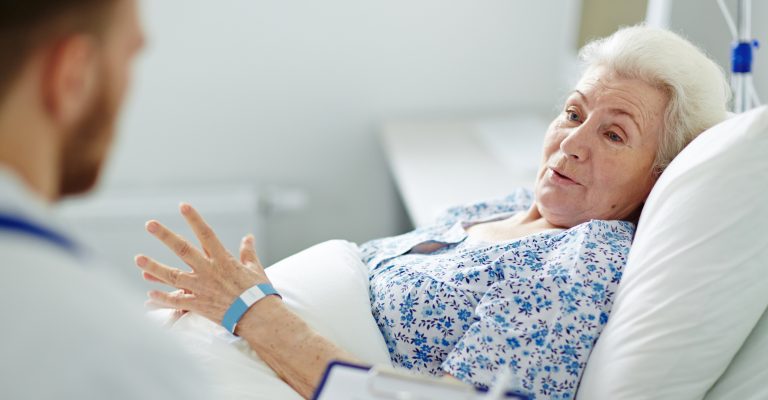
The thalamus is a walnut-sized hub deep in the core of your brain. This little portion of the brain, located directly near the brain stem, is extremely significant. Even though this intricate area of the brain is tiny, having a stroke in the thalamus may have a wide range of health consequences.
A thalamic stroke might have different consequences for each survivor. To comprehend how a thalamic stroke impacts the body, one must first grasp what a stroke is and what functions the thalamus regulates. This essay will explain just that and provide an outline of the rehabilitation process.
A stroke occurs when the blood flow to the brain is disrupted. This may occur when a blood clot clogs an artery leading to or inside the brain or when a blood vessel breaks.
A thalamic stroke is a kind of stroke that happens when blood flow to the thalamus in the brain is disturbed. The thalamus’ neurons are destroyed due to the disturbance in blood flow. It may cause thalamic stroke symptoms such as difficulties processing vision, inability to locate words, and partial sensory and motor loss across the body.
Stroke survivors who get prompt, effective therapy often have fewer secondary effects and functional impairments than those who receive delayed treatment.
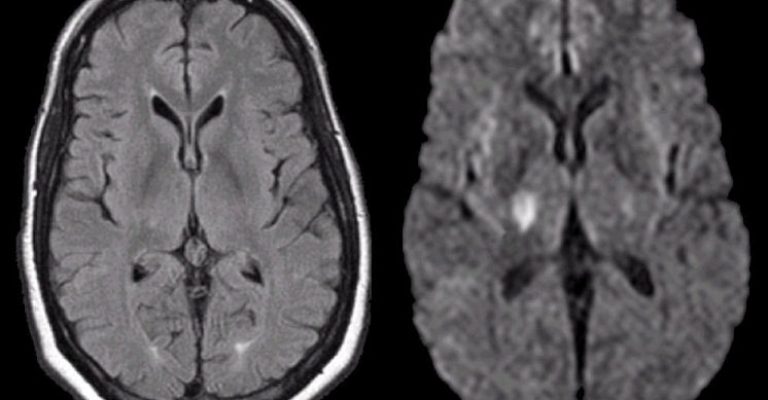
Each part of the brain is in charge of a separate function. A stroke may affect various physiological processes depending on where it happens. We may look at the function of the thalamus in thalamic stroke survivors to get insight into the subsequent consequences that may develop.
The thalamus is involved in memory, emotions, the sleep-wake cycle, executive processes, sensory input processing, and sensorimotor control. When a stroke affects the thalamus, it may impede some of these activities, particularly sensory information processing and transmission.
The thalamus is in charge of conveying 98% of all sensory data throughout the body. As a result, sensory problems are prevalent after a thalamic stroke.
Secondary repercussions of a thalamic stroke may include:
Typically, this manifests as difficulties utilizing accurate lexical semantics, but it rapidly resolves.
The brain stem, located near the thalamus, aids in regulating vertical eye position and head posture. When a stroke impairs these abilities, it may lead to poor balance and bad gait.
An inherited brain condition that deteriorates over time. This disorder causes panic episodes, paranoia, and phobias. These symptoms are later accompanied by insomnia and hallucinations. People with fatal family insomnia eventually develop dementia, mutism, and death.
This causes the person to be unconscious of their surroundings on the afflicted side of their body, which is opposite the injured side of the brain. It generally happens when the right hemisphere of the brain (in this example, the right section of the thalamus) is impaired, resulting in neglect of the opposite side of the body (left neglect).
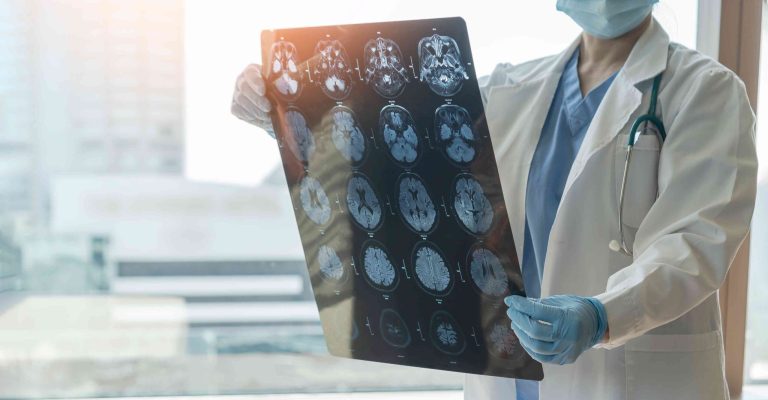
After a thalamic stroke, vision deficits such as diplopia (double vision) or hemianopia (missing half of the visual field) might arise.
The goal of recovery after a thalamic stroke is to restore and compensate for the skills harmed by the stroke.
Although not all secondary effects may be cured completely or partly, the intensity and timing of rehabilitation significantly influence how much function a person can regain.
Pursuing intense therapy early on and incorporating skills learned during rehabilitation into everyday life improves recovery results.
Survivors may perform the following stages throughout the stroke healing process:
If a blood clot causes your stroke, your doctor might advise you to take blood thinners to avoid future clots. Similarly, they may give you blood pressure drugs if you have excessive blood pressure.
Your doctor may give amitriptyline or lamotrigine to control your symptoms if you have central pain syndrome.
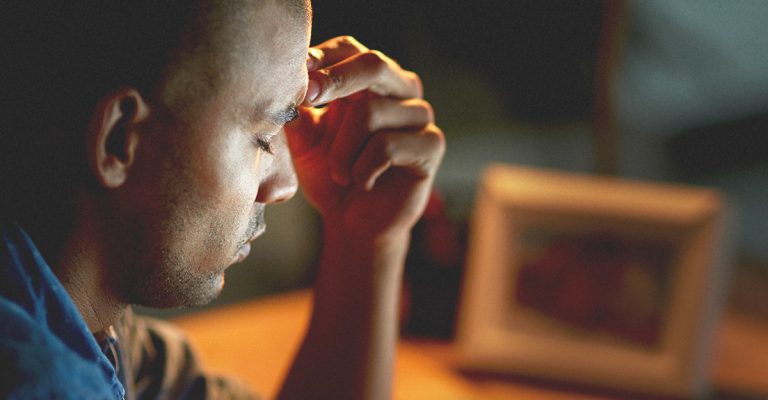
Occupational therapy also assists survivors in regaining movement, especially in everyday routines like eating and dressing. Occupational therapists may also teach people how to use adaptive equipment and compensating strategies to aid them with everyday chores, such as utilizing a grab bar or shower chair if they have poor balance.
Your doctor will certainly suggest rehabilitation within a day or two after a stroke. The idea is to re-learn abilities you may have lost due to the stroke. Approximately two-thirds of stroke patients need some kind of rehabilitation or physical therapy.
When visual abnormalities emerge due to a thalamic stroke, stroke survivors may benefit from vision rehabilitation treatment. Various eye exercises are often used in vision treatment to retrain the brain on how to operate the eye muscles. Although not all patients react to this treatment, some get partial or complete eyesight returns.
Learning other ways to compensate for visual field impairments or inattention, such as the lighthouse approach, which focuses on visually scanning side to side like a lighthouse light to view a complete area, may also be part of vision treatment.
Speech problems and changes in executive function, such as working memory loss or changes in attention span, are some of the possible subsequent consequences of a thalamic stroke. The ideal expert to consult is a Speech-Language Pathologist.
An SLP is trained to recognize and treat speech and cognitive difficulties in persons suffering from neurological illnesses such as stroke. It is typically better to begin treatment with an SLP and then continue therapy mostly at home under the supervision of your therapist.
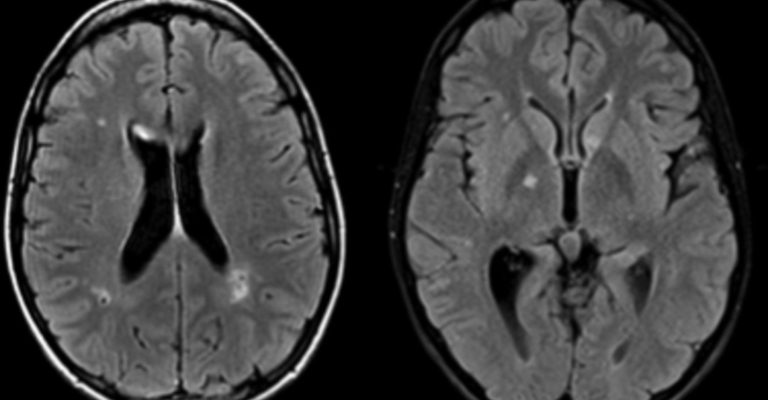
The time it takes to recover after a stroke varies from person to person. This is because each stroke is unique, as is each recovery.
Full recovery after a thalamic stroke might take a week or two to many months. Depending on how severe the stroke was and how fast it was treated, you may have some long-term effects.
The survivor’s recovery from a thalamic stroke will need hard effort and perseverance.
During the early phases of stroke recovery, your medical team will evaluate your status and any side effects, such as changes in sensation or balance. Then, you’ll engage with a therapy team to address these concerns.
The constancy of your rehabilitation regimen will partly influence your outcomes. Find something that inspires you and make an effort to remain with it.